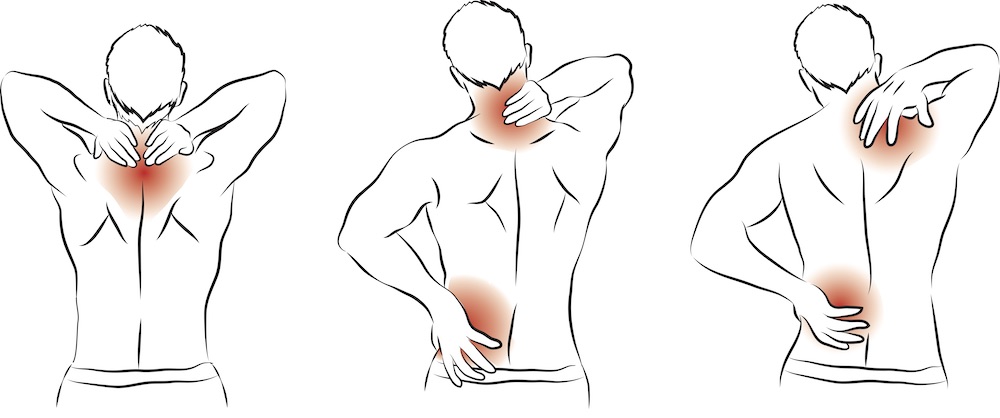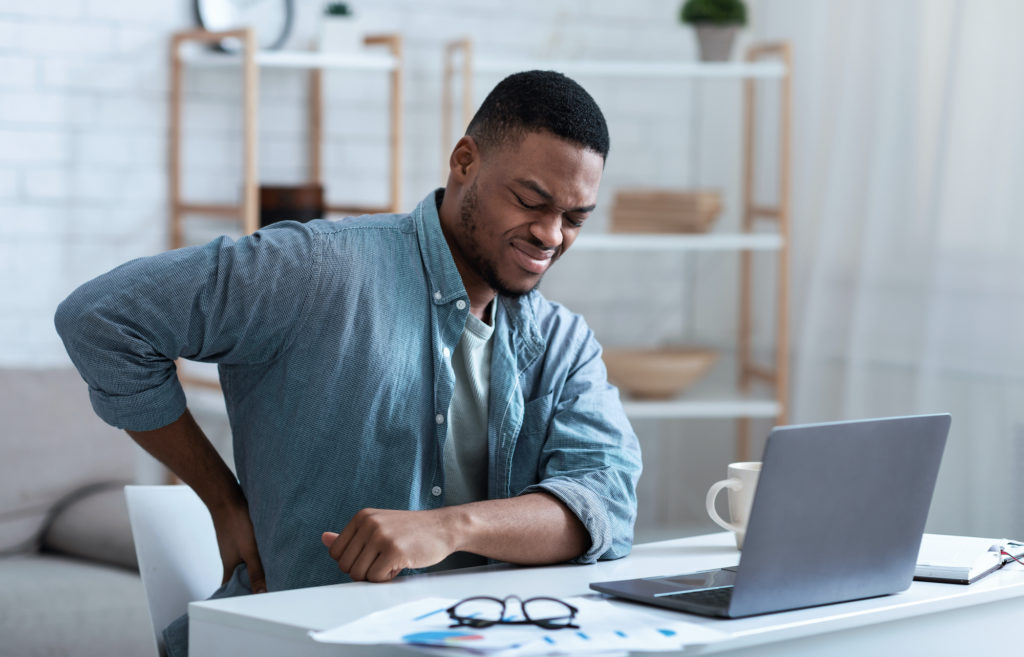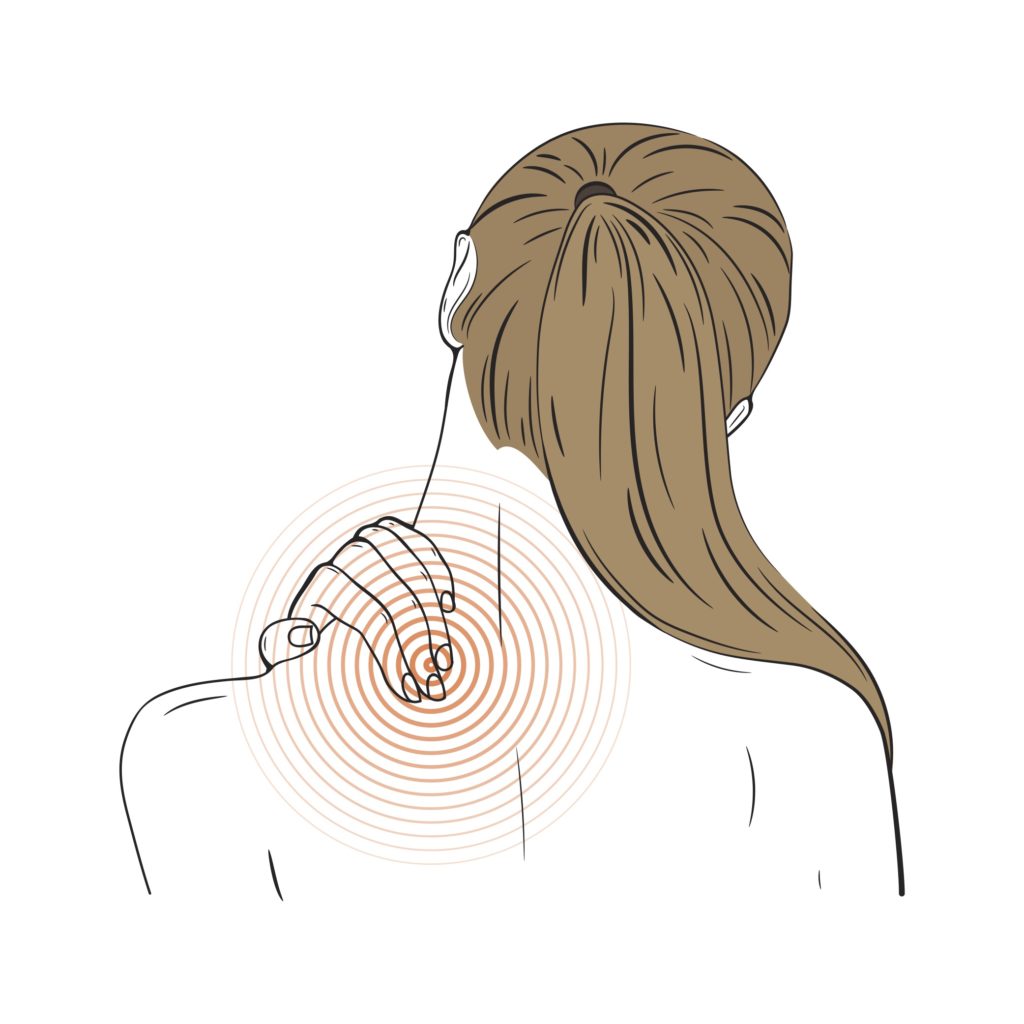
- cart Free Trial
Book your Bespoke Consultation Now! Book Consultation
CHANGING THE NARRATIVE

Read that again.
Ask yourself this, right now. Are you suffering from any aches and pains? An ongoing niggle? Or some form of discomfort in your body? If not now, have you at some point in your life?
For most of us it seems to be the ‘norm’ for our neck to ache, our shoulders to feel stiff or maybe our lower back is in constant pain. It’s become part of our everyday life to ‘deal’ with this pain and discomfort. I hear it almost every time I teach… So why do we wait until we feel pain or get an injury to deal with it?

Over the last two years, people have developed ‘pandemic posture’. More people suffering from lower back pains, round shoulders and aching necks than ever before. This is due to sitting for prolonged periods of time at work stations that are not ergonomical. If you continue to do this, you’re at risk of remoulding your posture permanently. Your muscles get ‘used’ to being in this position. Muscles will then start to fatigue, they may spasm. It’s likely you’ll eventually start to feel pain. They may become ‘imbalanced’ which can then cause nerve irritation.
Trust me, I’ve been there and it’s not fun.

You know your body and you know when it doesn’t feel quite right. It’s telling us something is off, so why are we ignoring it?
The National Institute for Health and Care Excellence says over 60% of people can expect to have lower back pain in their life. And around 20% of the population consult their GP about the very same issue every year. A lot of the time this pain is due to your body compensating from another ‘problem area’. You could have underactive glutes, tightness in your hips or lack of mobility in other major joints.
What do you feel within your body?

I wish I could say there was a mould that fits all, but we all know our bodies are different. Learn and understand how your body moves, and why it moves the way it does.
Take note of how long you go without standing up from your desk. Prolonged sitting can cause tightness in your hips and weakness in your glutes, which in turn is going to affect your back.
Get to know what kind of posture you naturally have and how that can cause natural tightness and weaknesses in your body. I’m naturally lordotic (a banana back in layman terms). my hip flexors are weak and back extensors tight, causing an increased anterior pelvic tilt which limits the movement in my lower back.
Until I started getting ongoing pain in my lower back – I thought enough was enough – I took the time to learn about my individual posture through my studies as well as speaking to other fitness professionals. I didn’t acknowledge that how I stood, how I walked, how I sat day in and day out was contributing to the pain I was feeling.
How are you sitting whilst you read this?

When your instructor, or PT talks to you about ‘where’ you should be feeling it, take note, do you actually feel it there?
Do you feel it somewhere different?
Does it feel good or does it feel uncomfortable?
Pay attention to your body when you train, when you walk, when you sit and start to become more aware of how you move. Utilise the experts around you. Speak to your instructors at the end of a class. Feed back to your PT about how the exercises felt during your session.
If you really want to improve your lifestyle and aim to live pain free, tune into your body and what it needs. If we stop and do this our body will tell us what feels right, what feels off and where the pain is. Seek professional advice from your PT or GP if you are experiencing chronic pain. Otherwise it is often a case of making a few adjustments and lifestyle changes in order to fix any constant niggles/tightness.
The journey into your body and a pain free existence starts with you. Pilates is great for learning and improving the balance within your body, here’s a gentle beginner’s class to get you started.
Listen to your body. Pay attention. Ask questions. Utilise your teachers.
– Rhiannon
